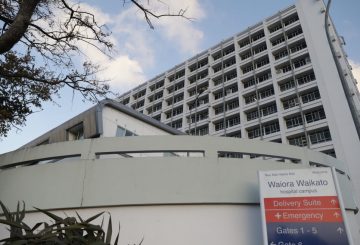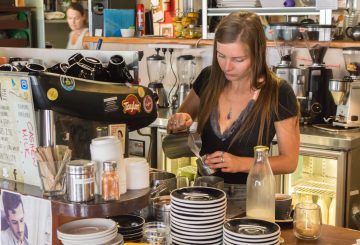오클랜드 항구는 매각되지 않을 것이지만, 대신 항구는 향후 10년 동안 오클랜드 시의회에 10억 달러의 수익을 제공하겠다고 약속했습니다.항구의 토지, 자산 및 운영을 의회 소유로 유지하는 새로운 협정이 체결되었습니다.
오클랜드 항만 CEO 로저 그레이 (Roger Gray) 는 캡틴 쿡 워프와 마스든 워프를 의회에 복귀시키는 데 7천만 달러가 넘는 비용이 들 것이라고 밝혔다.오클랜드 시장인 웨인 브라운 (Wayne Brown) 은 수입차가 하역되는 블레디슬로 워프 (Bledisloe Wharf) 일부 지역에 일반인이 접근할 수 있도록 마련해 일반인과 유람선을 위한 공용 공간으로 사용할 수 있도록 했습니다.
그레이는 향후 3년 동안 연간 1억 달러 이상을 벌어들이는 것을 목표로 삼고 있다고 말했다.이는 가격 인상과 거래량 증가의 결합을 통해 달성될 것입니다.최대 액세스 요금은 컨테이너당 95달러에서 향후 3년 내에 약 295달러로 인상될 것으로 예상됩니다.
그레이는 또한 회사가 올해 5,200만 달러 이상의 수익을 올릴 것으로 예상되지만 노력을 두 배로 늘려야 한다고 언급했습니다.그는 항만 시장의 지난 한 해 동안 수입과 수출이 두 자릿수 증가세를 기록했으며 이러한 성장을 지속할 계획이라고 말했습니다.
항만이 약속을 이행하지 않을 경우 계약이 아니라 양해 각서이므로 벌금은 부과되지 않습니다.그러나 Gray는 이러한 수치를 제공하기 위해 최선을 다하고 있다고 확신했습니다.
오클랜드 해양 연합 장관인 그랜트 윌리엄스 (Grant Williams) 는 항만 매각에 대해 시장이 마음을 바꾼 것에 대해 안도감을 표명했다.그는 이 목표를 이루기 위해 많은 노력이 필요했음에도 불구하고 노조가 결과에 만족한다고 말했습니다.




























































